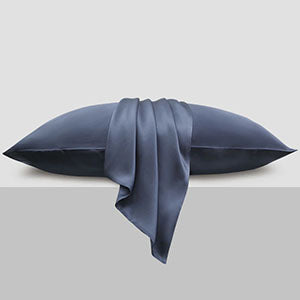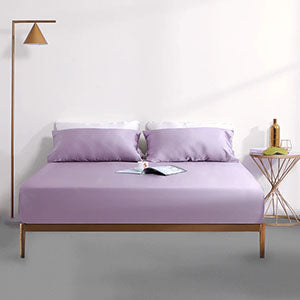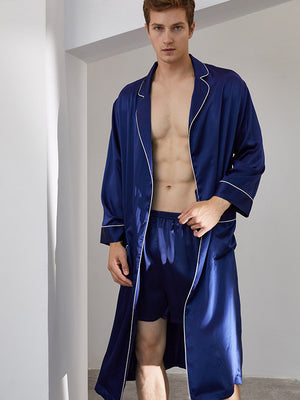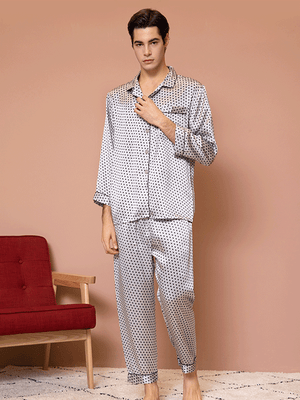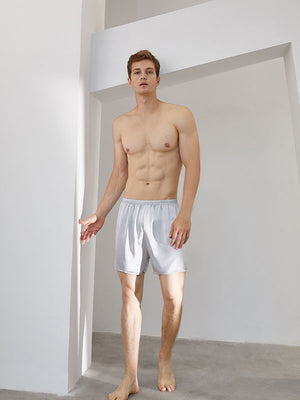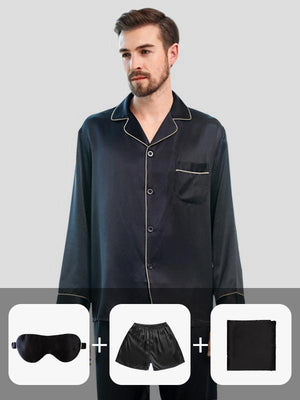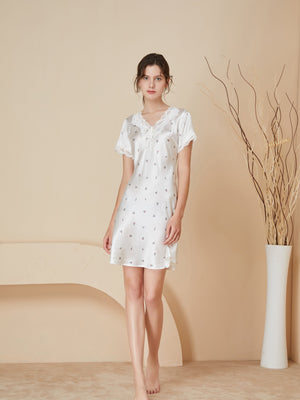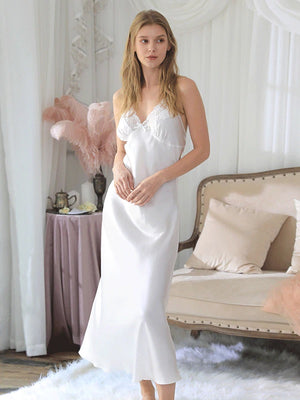Silk Hair Scarf for Curly Hair: The Ultimate Guide to Protecting Your Curls
- by wangfred
-
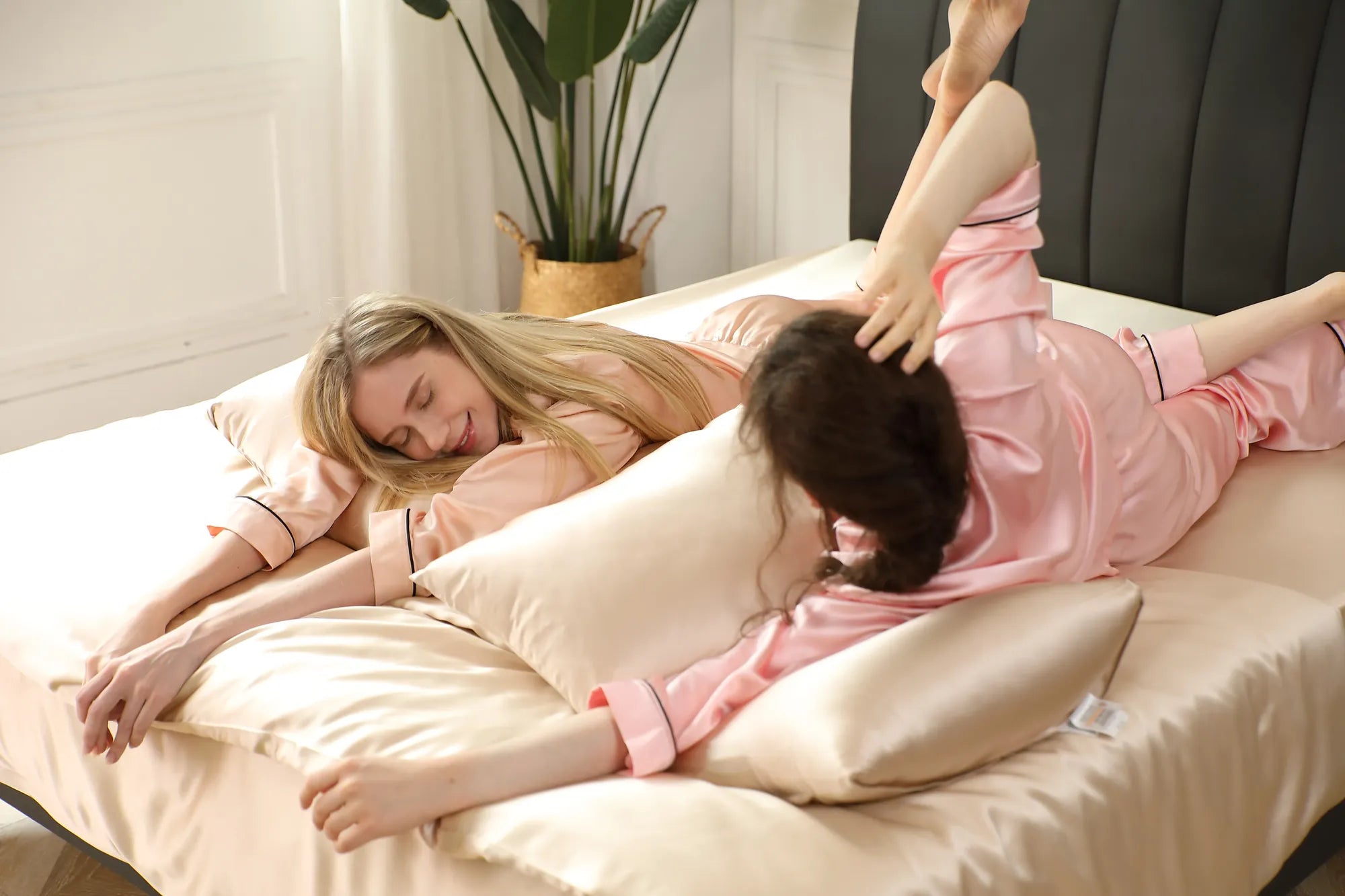
If you’ve ever woken up to a halo of frizz or battled split ends despite your best efforts, it’s time to rethink your hair care arsenal. For those with curly hair, maintaining definition, shine, and health isn’t just a routine—it’s a delicate art. Enter the silk hair scarf: a simple yet revolutionary tool that’s become a non-negotiable for curl enthusiasts worldwide. But what makes this accessory so transformative? Let’s unravel the secrets.
Why Curly Hair Thrives with Silk
Curly hair is inherently fragile. Its spiral structure makes it prone to tangling, breakage, and moisture loss, especially when exposed to rough fabrics like cotton. Silk, on the other hand, offers a smooth, friction-free surface that glides over strands. Unlike cotton pillowcases or traditional hair wraps, silk doesn’t suck moisture from your curls overnight. Instead, it helps seal in natural oils and products, ensuring your coils stay hydrated and defined.
Choosing the Right Silk Hair Scarf
Not all silk scarves are created equal. When selecting one for curly hair, prioritize these features:
- Mulberry Silk: This high-grade silk has a tighter weave, offering superior smoothness and durability.
- Size Matters: Opt for a scarf large enough to fully encase your hair without tugging at the edges.
- Edges & Seams: Look for rolled hems or seamless designs to minimize friction against your hairline.
How to Tie a Silk Scarf for Maximum Protection
Mastering the wrap is key. For bedtime, try the ‘Pineapple Method’:
- Gather curls into a loose, high ponytail using a silk scrunchie.
- Drape the scarf over your head, ensuring full coverage from forehead to nape.
- Secure ends under your neck or tie them at the crown for a slip-proof hold.
For daytime styles, fold the scarf into a wide band and tie it as a headband to protect edges during workouts or humid outings.
Debunking Common Silk Scarf Myths
Myth: ‘Silk scarves cause hair to overheat.’
Truth: High-quality silk is temperature-regulating, keeping your scalp cool even in warm climates.
Myth: ‘They’re only for nighttime.’
Truth: A silk scarf can be styled into chic turbans or wraps that complement daytime outfits while shielding hair from UV damage.
Caring for Your Silk Scarf
To maintain its benefits:
- Hand wash in cold water with mild detergent
- Air dry away from direct sunlight
- Store flat or rolled to prevent creases
Avoid fabric softeners, which can clog silk’s natural fibers and reduce slip.
The Science Behind Silk’s Benefits
Silk’s protein structure contains amino acids similar to those in human hair, creating a harmonious relationship with your strands. Its low absorbency rate (only 11% moisture absorption compared to cotton’s 25%) means it won’t compete with your hair’s hydration levels. For curly hair types ranging from loose waves to tight coils, this translates to less morning-after frizz and more consistent curl clumping.
When to Replace Your Silk Scarf
With proper care, a quality silk scarf can last years. Watch for these signs of wear:
- Visible thinning or shiny patches
- Reduced slip despite proper washing
- Frayed edges that snag hair
If your scarf no longer feels luxuriously smooth against your cheek, it’s likely time for a refresh.
Styling Hacks: Beyond Basic Wrapping
Elevate your silk scarf game with these pro tips:
- Use as a buffer under wool hats in winter to prevent static
- Drape over car headrests to protect curls during road trips
- Fold into a pouch for storing travel-sized hair products
Imagine never sacrificing style for hair health again. The right silk scarf isn’t just an accessory—it’s a 24/7 shield against environmental stressors, a secret weapon for second-day curl refreshment, and a timeless investment in your hair’s longevity. Your curls deserve that VIP treatment, and with silk’s gentle embrace, they’ll reward you with bounce, brilliance, and effortless beauty that turns heads—no product required.
